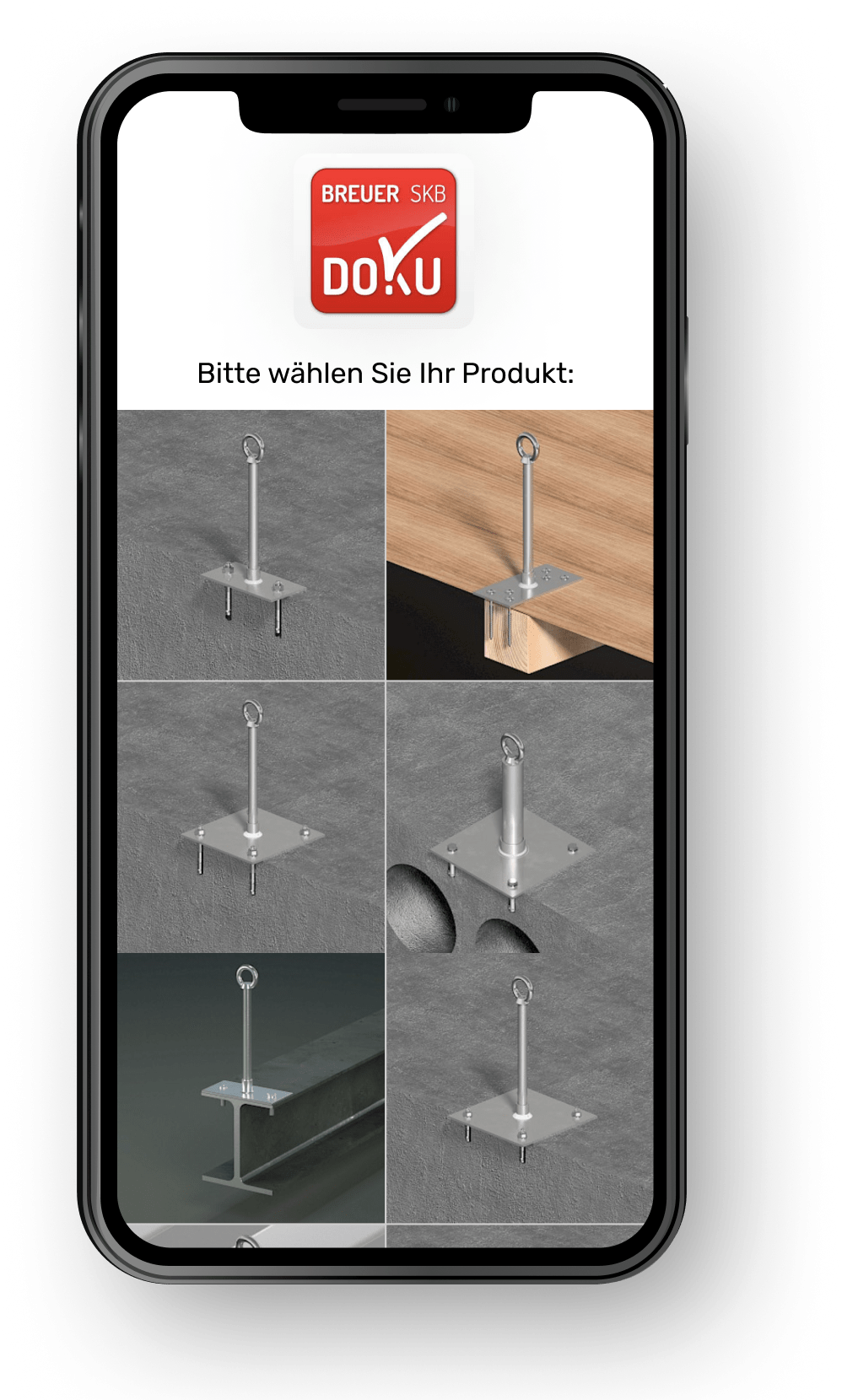Guardrail HA
Attic guardrail
The HA guardrail is the simple solution for mounting under the parapet. Always made of aluminium, optionally with door, toe board, railing end piece or powder coating/anodizing. Also available as a straight guardrail (0°) or inclined at 15° or 30°. Naturally certified as a side protection system.
Downloads
Downloadable content

Products
Further products
Addition
Further information
Collective protection
</p>In contrast to personal protective equipment against falls from a height (PPE), collective protection measures not only protect individuals, but generally all persons in areas where there is a risk of falling. The most common form of collective protection is <strong>guardrails<strong>, but scaffolding and safety nets can also be appropriate measures.</p>
</p>Guardrails are generally preferable to individual protection measures such as anchor points or rope systems. However, there are plenty of exceptions where collective protection measures are not feasible. Due to various circumstances, such as the statics or the pitch of the roof, individual protective measures must be used in these cases.</p>
</p>With collective protection, the individual protective equipment of the person on the roof is irrelevant. In addition, compared to individual protection measures, there is no need for user training for the corresponding guardrail systems. For roofs that are regularly walked on and used by several different people, guardrails are therefore a much more user-friendly solution.</p>
DIN EN 13374 Protection classes
<p>DIN EN 13374 divides railings into three protection classes, each with different test criteria. The type of application thus changes the maximum roof pitch and the maximum distance between two rails.<p>
<p><strong>Protection class A:</strong><br />
For static loads, for example due to leaning, holding on, running against or falling against. The maximum roof pitch is 10° and the maximum distance between the uprights is 470 mm.<p>
<p><strong>Protection class B:</strong><br />
For static loads and for minor dynamic loads, for example due to leaning, holding on, running against, falling against or impacting after sliding on inclined surfaces. The maximum roof pitch is 30° without limiting the fall height and 60° with a fall height of less than 2 meters. The maximum distance between the uprights is 250 mm.<p>
<p><strong>Protection class C:</strong><br />
For large dynamic loads, for example due to falling or sliding on steeply inclined surfaces. The maximum roof pitch is between 30° and 45° without limiting the fall height and between 45° and 60° with a fall height of less than 2 meters. The maximum distance between the uprights is 100 mm.<p>